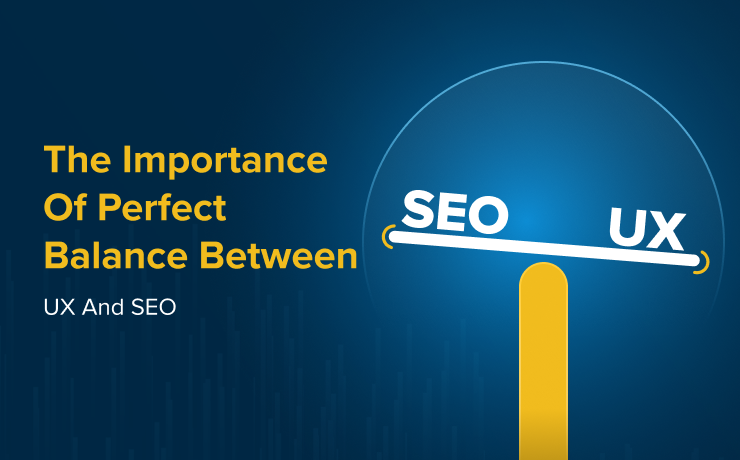The Importance Of Perfect Balance Between UX And SEO

Clement Foo
Senior Digital Content Manager

When building or optimizing a website, striking the right balance between user experience (UX) and search engine optimization (SEO) is key. Both elements play an essential role in your website’s performance. The goal is to create a website that users find easy to navigate and search engines can easily crawl. A good balance between UX and SEO helps improve visibility, attract traffic, and enhance user satisfaction.
What are UX and SEO?
UX, or user experience, refers to how a user interacts with a website. It focuses on making websites intuitive, easy to navigate, and enjoyable.
On the other hand, SEO refers to the practices that help a website rank higher on search engines like Google. SEO involves techniques that make it easier for search engines to understand and rank your website’s content.
Why UX and SEO Should Work Together
For many years, they were treated as separate goals. However, today, both elements need to work together.
SEO tactics alone may bring traffic to a site, but without good UX, visitors may leave quickly. A site that is easy to navigate and offers a positive experience will keep users engaged longer.
Google also recognizes the importance of a good user experience. If your website offers a poor UX, such as slow loading speeds, a confusing layout, or a non-responsive design, it can hurt your SEO rankings. In contrast, a well-structured and user-friendly site improves engagement metrics, which are important for SEO success.
The Role of UX in SEO
UX has a direct impact on your SEO efforts. Here are a few ways UX influences SEO:
- Mobile-Friendliness: As more users access websites on mobile devices, Google prioritizes mobile-friendly sites. A responsive design that adapts to different screen sizes improves user experience and search engine efforts.
- Page Speed: Slow loading times lead to a poor user experience and a higher bounce rate. Google factors page speed into its ranking algorithm. Optimizing images and improving server performance can help boost both elements.
- Navigation: Easy-to-use navigation makes sure that users can find what they are looking for quickly. Simple navigation can also help search engines index your pages more effectively.
- Clear Calls to Action: A well-designed CTA (Call to Action) leads to better conversions. When users find it easy to take action, such as filling out a form or making a purchase, it benefits both SEO and UX.
How SEO Enhances UX
While UX is important for keeping users on your website, SEO helps users find your website in the first place.
Effective SEO tactics, such as keyword optimization and creating high-quality content, make sure your site ranks well on search engines. With improved visibility, users are more likely to click on your website.
Additionally, SEO encourages you to improve the quality of your content. Search engines prioritize valuable and informative content. This helps enhance UX by providing users with the information they need.
Finding the Right Balance
The key to success is integrating both strategies. If SEO is prioritized without considering UX, the site might rank high but offer a poor user experience.
On the other hand, focusing only on UX without considering SEO could result in a website that users can’t find. Balancing both elements makes sure your website performs well and delivers a positive experience for visitors.
SmartSites knows the importance of finding the perfect balance between UX and SEO. Our expert team specializes in optimizing both to help your website rank higher and keep users happy. Whether you’re looking to improve your site’s SEO or enhance the user experience, SmartSites can help.
Contact Us Today!
Ready to boost your website’s performance? Get in touch with SmartSites today and let us help you achieve the perfect balance between UX and SEO.
 Free
Consultation
Free
Consultation Free
Google Ads Audit
Free
Google Ads Audit







